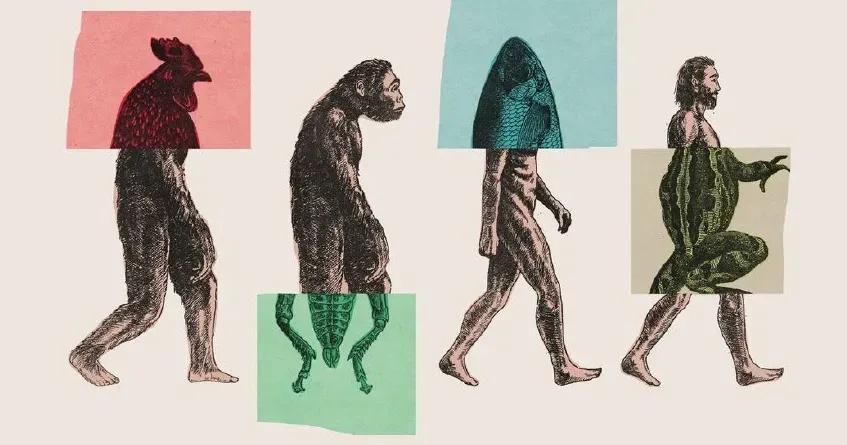We look around us, we look at ourselves, we look at our pets, at the pigeon through the window. Current life forms are the result of countless genetic combinations, arising randomly over millions of years. Natural selection, by favoring the most advantageous, shaped the organisms we see today.
We know that from that high school class where the teacher taught us Darwin's theories. But going beyond, delving into the depths, searching for the threads that moved evolution, the how and why, if we probe enough we will discover that all these changes were the result of mutations, including gene duplications and their survival in the genome.
But how does all this work? The first organisms that inhabited the Earth were not like those we know; they were unicellular organisms that arose from the extreme conditions of ancient Earth, plagued by thunderstorms, with low oxygen concentration, high temperatures, and an atmosphere rich in methane and hydrogen. It was these extreme conditions that set the first stage for evolution.
Gene duplication was one of the many mechanisms through which the first organisms obtained gene variants. There were many sources of variability, such as spontaneous mutations, which introduced specific changes in DNA. The reorganization of these mutated segments allowed different combinations that could then be inherited by offspring. Within duplication, a duplicated gene represented one of the many raw materials of evolution, and it occurred in three possible ways:
Firstly, concentrated evolution could occur, where the duplicated gene and the original maintained their similarities in the genome, ensuring that no important information from the primitive genome was lost. It could also happen that one of these new copies lost its function by accumulating mutations over time, a process called pseudogenization, which allowed the accumulation of variants in the genome. Finally, another destiny of the duplicated gene could be the acquisition of a new function distinct from the original, which leads to the genome gradually becoming more complex; this process is known as neofunctionalization.
The set of these processes, accompanied by the strong hand of natural selection, sculpted the arduous path of evolution, where only the most adapted left their lineage in history, allowing us to enjoy the enormous variety of organisms that inhabit the Earth, including us. We are all part of a common process, of an evolutionary race filled with obstacles. We are evidence that life finds a way wherever and however, eternally. Evolution continues, and for everyone. So, what will humanity look like in the future?
By Lu Ronner, student of the Biotechnology program at UADE

Comments